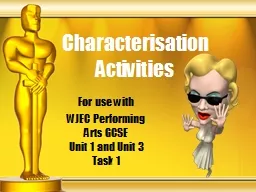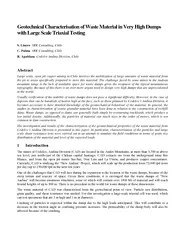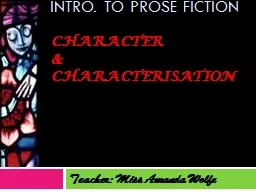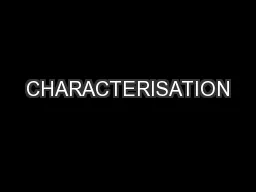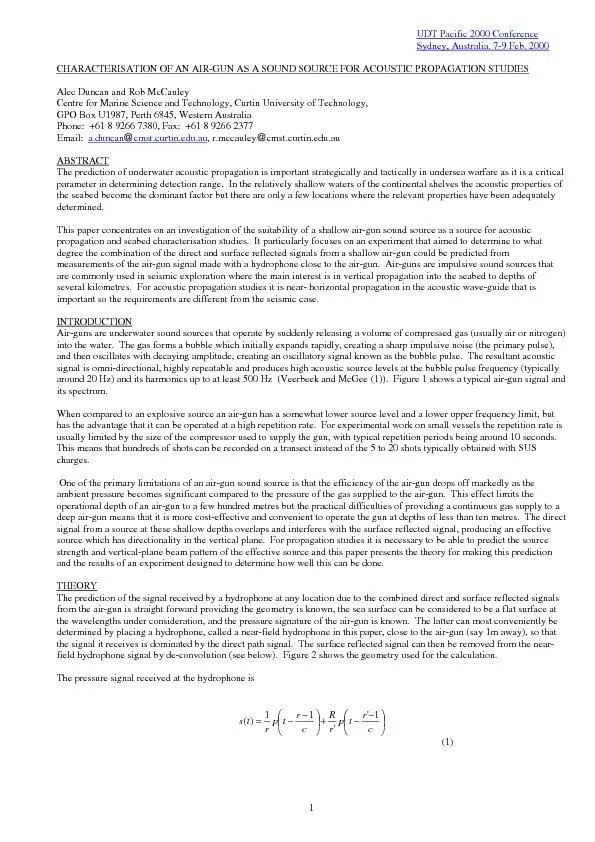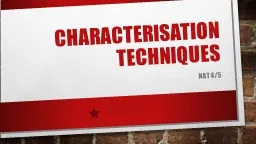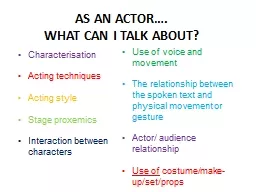PPT-Characterisation Activities
Author : natalia-silvester | Published Date : 2018-03-07
For use with WJEC Performing Arts GCSE Unit 1 and Unit 3 Task 1 Task 1 I love you bunny but I just cant smile Stand in a circle
Presentation Embed Code
Download Presentation
Download Presentation The PPT/PDF document "Characterisation Activities" is the property of its rightful owner. Permission is granted to download and print the materials on this website for personal, non-commercial use only, and to display it on your personal computer provided you do not modify the materials and that you retain all copyright notices contained in the materials. By downloading content from our website, you accept the terms of this agreement.
Characterisation Activities: Transcript
Download Rules Of Document
"Characterisation Activities"The content belongs to its owner. You may download and print it for personal use, without modification, and keep all copyright notices. By downloading, you agree to these terms.
Related Documents

